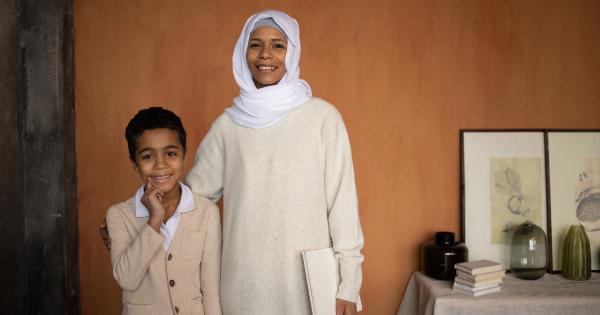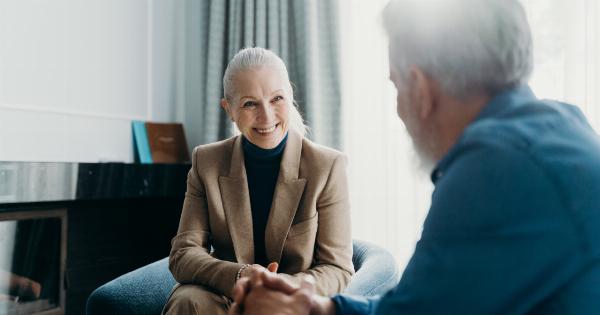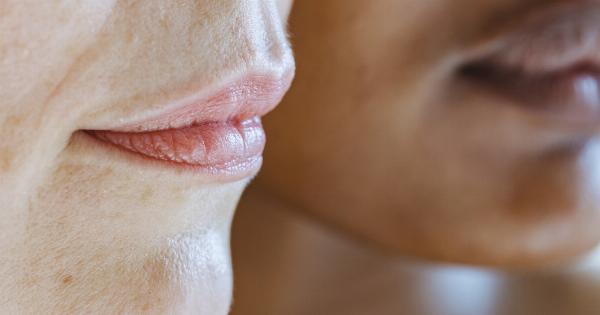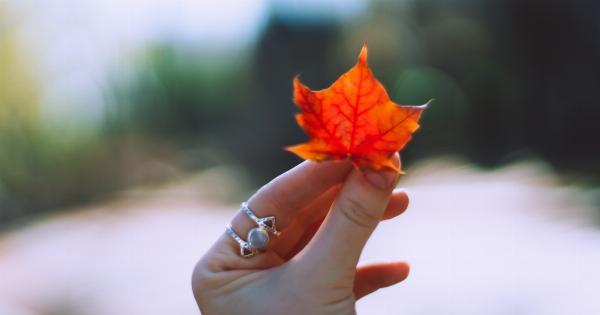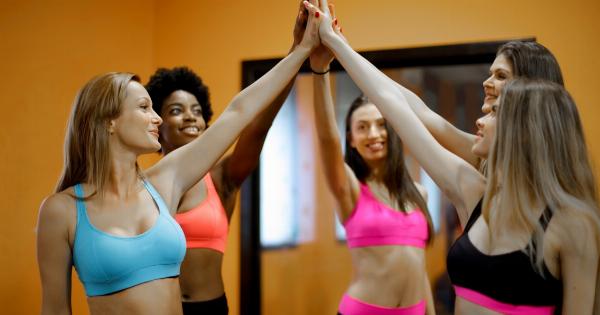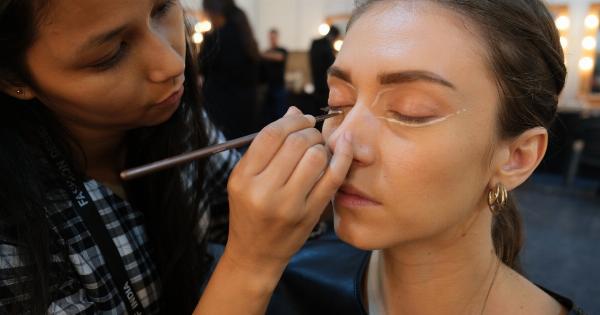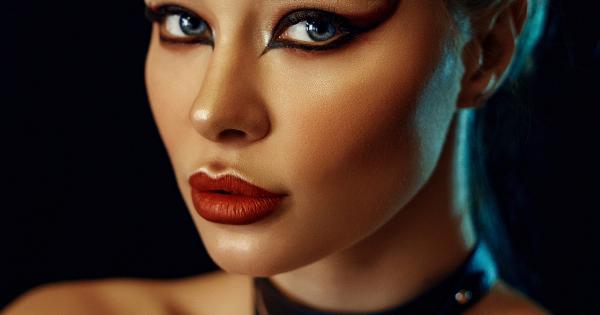Throughout history, women have been valued for their physical beauty. In ancient times, women with large hips were considered more attractive because they were seen as more fertile.
In the Middle Ages, pale skin was seen as a sign of nobility, while today, a tan is often associated with health and vitality. But when exactly is the best time to be a woman in terms of physical attractiveness? Here are some insights from research on female attractiveness.
Peak of Female Beauty
Research suggests that the peak of female physical attractiveness occurs around the age of 24. This is because 24-year-old women have a combination of youthfulness and maturity that is seen as highly attractive.
They have fewer wrinkles than older women, yet they are more confident and elegant than younger women. This age also corresponds to a woman’s peak fertility, which may contribute to her perceived attractiveness.
Skin Quality
Another factor that affects female attractiveness is skin quality. Research shows that women with clear, smooth, and glowing skin are perceived as more attractive than those with blemished or dull skin.
This is because healthy skin is a sign of good health and fertility, which are important traits in a potential partner. Factors that contribute to good skin quality include a healthy diet, regular exercise, good hygiene, and adequate sleep.
Body Shape
Body shape is another important factor in female attractiveness. Research suggests that the ideal female body shape is an hourglass figure, with a waist-to-hip ratio of around 0.7.
This is because this body shape is associated with fertility and reproductive health. Women with an hourglass figure are perceived as more attractive than those with other body shapes, such as pear or apple.
Facial Features
Facial features are also important in female attractiveness. Research shows that women with symmetrical faces and clear skin are perceived as more attractive than those with asymmetrical faces or blemished skin.
This is because symmetry is a sign of good health and genetic fitness, while clear skin is a sign of good health and fertility. Other facial features that are seen as attractive in women include high cheekbones, large eyes, and a small nose.
Hair Quality
Hair quality is another aspect of female attractiveness. Research shows that women with shiny, healthy-looking hair are perceived as more attractive than those with dull or damaged hair.
This is because good hair quality is a sign of good health and fertility. Factors that contribute to good hair quality include a healthy diet, regular exercise, good hygiene, and adequate sleep.
Dressing Style
Dressing style also plays a role in female attractiveness. Research suggests that women who dress in a feminine and elegant manner are perceived as more attractive than those who dress in a masculine or grungy style.
This is because feminine clothing accentuates a woman’s natural curves and radiance, while masculine clothing hides them. Women who dress in a feminine and elegant manner are also perceived as more confident and sophisticated.
Makeup
Makeup is another tool that women can use to enhance their attractiveness. Research shows that women who wear makeup are perceived as more attractive than those who do not.
This is because makeup can hide blemishes, enhance facial features, and accentuate natural beauty. However, too much makeup can also be seen as unattractive, as it may look artificial and clownish.
Conclusion
Overall, research suggests that the best time to be a woman in terms of physical attractiveness is around the age of 24. At this age, women have a combination of youthfulness and maturity that is seen as highly attractive.
Other factors that contribute to female attractiveness include clear skin, an hourglass figure, symmetrical facial features, healthy hair, feminine dressing style, and appropriate use of makeup.











